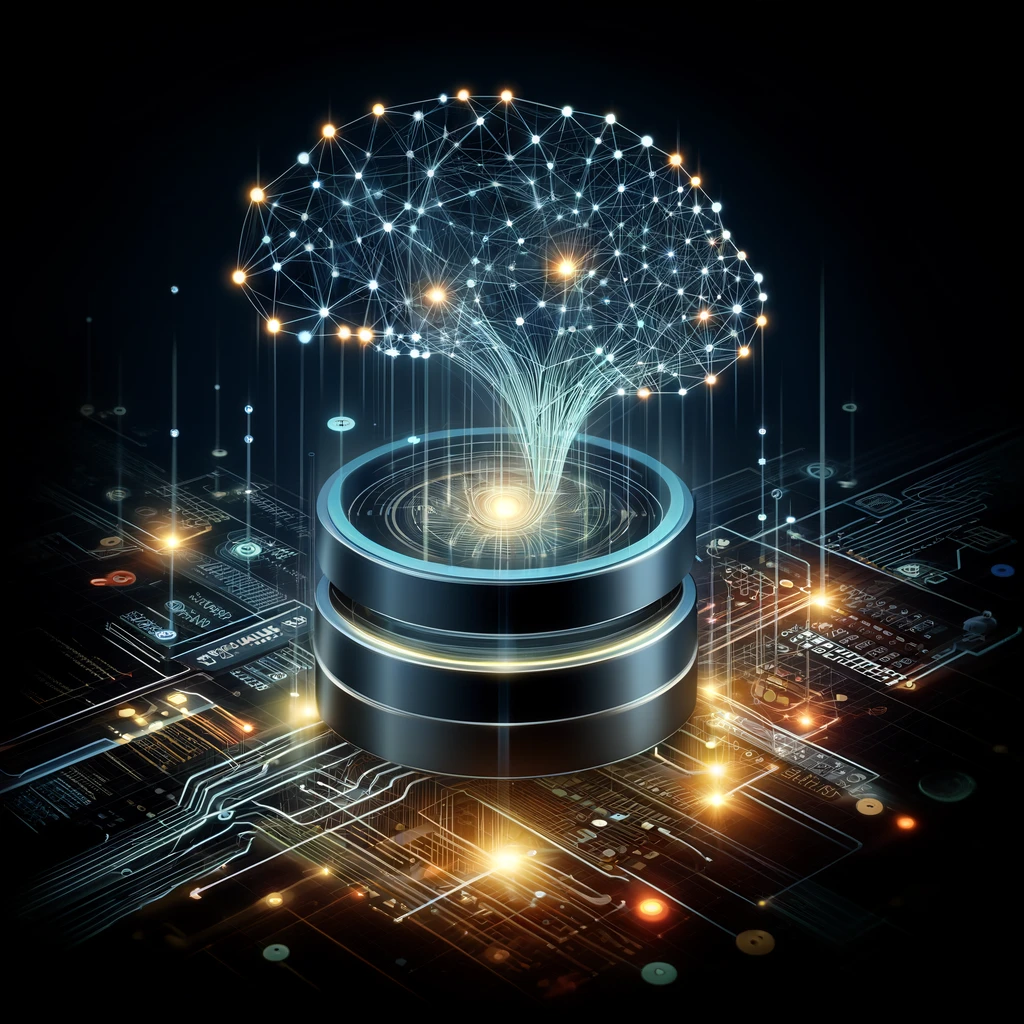In the rapidly evolving landscape of artificial intelligence, the development of Agentic AI and Retrieval-Augmented Generation (RAG) applications is transforming the way we interact with information. By leveraging proprietary and open-source Large Language Models (LLMs), along with advanced techniques like embeddings and vector databases, we can create powerful applications that revolutionize knowledge retrieval and interaction. This article delves into how these technologies work together to enable semantic searches and the creation of applications that can interact with your company's documents.
Understanding Agentic AI
Agentic AI refers to AI systems that can perform tasks autonomously, making decisions based on the information they process. These systems are designed to simulate human-like understanding and interaction, allowing them to handle complex queries, provide contextual responses, and execute actions without constant human intervention. The key components of Agentic AI include:
-
Large Language Models (LLMs): These are the backbone of modern AI, enabling natural language understanding and generation. Proprietary LLMs like OpenAI's GPT-4 and Anthropic's Claude, as well as open-source models like LLaMA 3 and uncensored models like Dolphin, offer varying capabilities for different applications.
-
Embeddings and Vector Databases: Embeddings are numerical representations of text that capture semantic meaning. Vector databases store these embeddings, enabling efficient similarity searches. This combination allows AI to understand and retrieve information based on meaning rather than keywords alone.
The Role of Retrieval-Augmented Generation (RAG)
RAG applications enhance the capabilities of LLMs by integrating retrieval mechanisms. Instead of relying solely on the pre-trained knowledge of an LLM, RAG systems can dynamically fetch relevant information from external sources to generate more accurate and contextually appropriate responses. The process involves:
- Query Understanding: The AI interprets the user's input and generates a query to search for relevant documents or data.
- Document Retrieval: Using embeddings and a vector database, the system retrieves documents or snippets that closely match the query's intent.
- Response Generation: The retrieved information is fed into the LLM, which then generates a response that incorporates both the retrieved data and its own knowledge.
This approach significantly enhances the AI's ability to provide accurate and up-to-date information, making it ideal for applications that require real-time data access and interaction.
Leveraging Embeddings and Vector Databases for Semantic Search
Semantic search goes beyond traditional keyword-based search by understanding the context and meaning of the query. This is made possible through embeddings and vector databases:
-
Creating Embeddings: Text data is transformed into high-dimensional vectors using techniques like Word2Vec, GloVe, or transformer-based models like BERT. These vectors capture the semantic essence of the text.
-
Storing in Vector Databases: Once the embeddings are created, they are stored in vector databases such as Pinecone, Faiss, or Milvus. These databases are optimized for handling high-dimensional vectors and can efficiently perform similarity searches.
-
Performing Semantic Search: When a query is received, it is converted into an embedding and compared against the stored embeddings in the vector database. The closest matches are retrieved based on cosine similarity or other distance metrics, enabling the system to find information that is semantically relevant to the query.
Building Applications to Interact with Company Documents
The combination of Agentic AI, RAG, and semantic search opens up numerous possibilities for building applications that can interact with company documents. Here are some practical applications:
-
Intelligent Document Search: Employees can use natural language queries to search through vast repositories of company documents. The AI understands the context of the query and retrieves the most relevant documents, streamlining information retrieval.
-
Automated Customer Support: AI-powered chatbots can access a company's knowledge base to provide accurate and contextually relevant responses to customer inquiries, reducing the need for human intervention and improving response times.
-
Internal Knowledge Management: Organizations can deploy AI systems to assist employees in finding information quickly, whether it's company policies, technical documentation, or project-specific data. This enhances productivity and ensures that employees have access to the latest information.
-
Compliance and Auditing: AI can help in monitoring and auditing documents for compliance with regulations. By understanding the content of documents, the system can flag potential issues and ensure adherence to legal and regulatory requirements.
Using Proprietary and Open-Source LLMs
The choice between proprietary and open-source LLMs depends on the specific requirements of the application. Here's a comparison of both approaches:
-
Proprietary LLMs:
- OpenAI's GPT-4: Known for its impressive natural language understanding and generation capabilities, GPT-4 is suitable for applications requiring high accuracy and fluency.
- Anthropic's Claude: Claude emphasizes safety and ethical considerations, making it a good choice for applications where responsible AI use is critical.
-
Open-Source LLMs:
- LLaMA 3: An open-source model that offers flexibility and customization options, LLaMA 3 is ideal for organizations that want to tailor the model to their specific needs.
- Dolphin: An uncensored model that provides unrestricted access to its capabilities, Dolphin can be used in environments where freedom of expression and access to a wide range of information are prioritized.
Integrating These Technologies
To create a robust application that interacts with company documents, the following steps can be taken:
-
Data Preparation: Collect and preprocess the company's documents to create embeddings. This involves cleaning the text data, removing irrelevant information, and ensuring consistency.
-
Embedding Creation: Use an appropriate model to generate embeddings for the documents. Transformer-based models like BERT or Sentence-BERT are commonly used for this purpose.
-
Vector Database Setup: Store the embeddings in a vector database optimized for fast and efficient retrieval. Configure the database to handle the expected query load and data volume.
-
LLM Integration: Integrate a chosen LLM (proprietary or open-source) with the retrieval system. Ensure that the LLM can seamlessly receive and process the retrieved information to generate coherent responses.
-
Application Development: Build the user interface and interaction logic for the application. This could be a web-based dashboard, a chatbot interface, or a mobile app, depending on the use case.
-
Testing and Optimization: Thoroughly test the application to ensure it meets performance and accuracy requirements. Optimize the retrieval and response generation processes to minimize latency and enhance user experience.
Conclusion
The convergence of Agentic AI, RAG applications, and semantic search capabilities powered by embeddings and vector databases represents a significant advancement in AI technology. By leveraging proprietary and open-source LLMs, organizations can build intelligent applications that transform the way we interact with information. Whether it's for document search, customer support, knowledge management, or compliance, these technologies offer unparalleled opportunities for innovation and efficiency.
As we continue to explore the potential of these technologies, the future promises even more sophisticated and powerful AI-driven solutions that will reshape industries and enhance our ability to access and utilize information. The journey towards building these advanced applications is both exciting and challenging, and the possibilities are limited only by our imagination and ingenuity.


